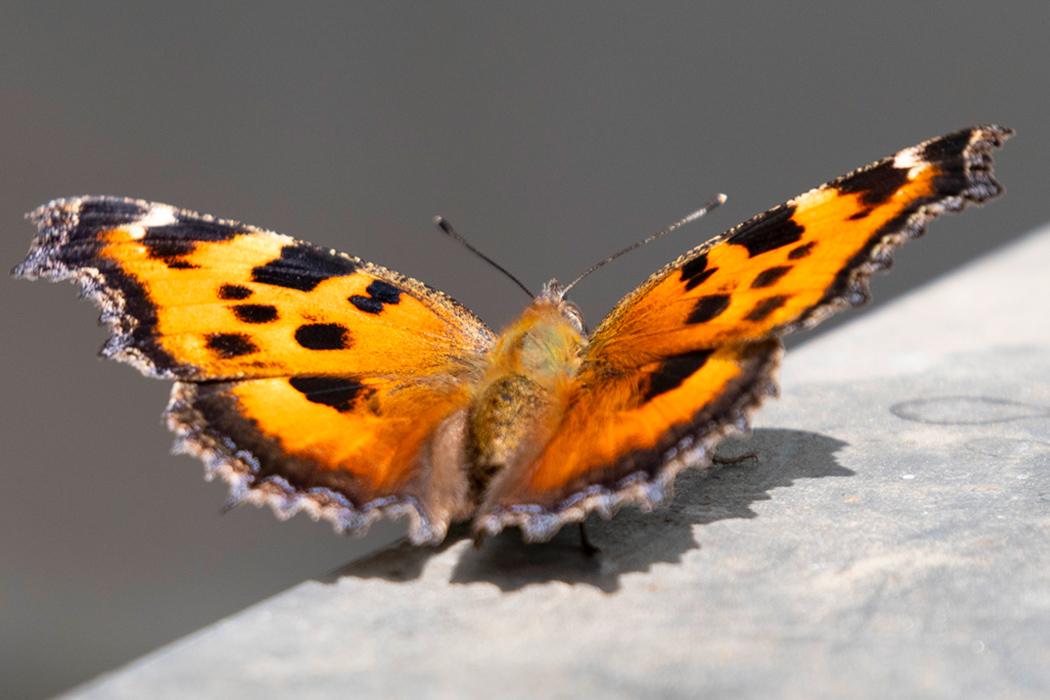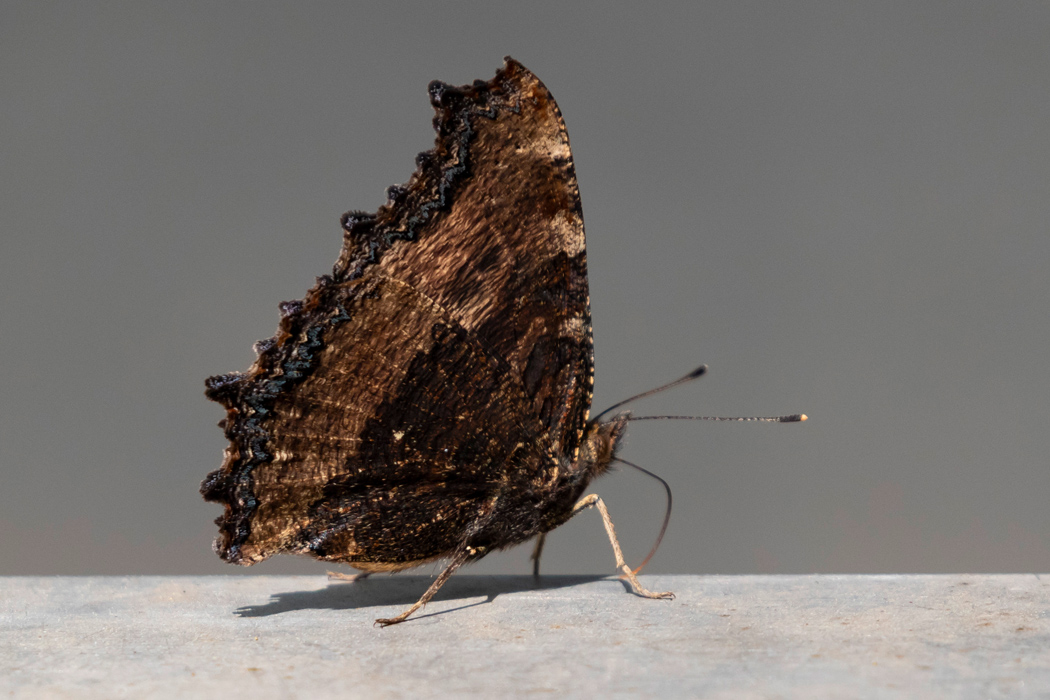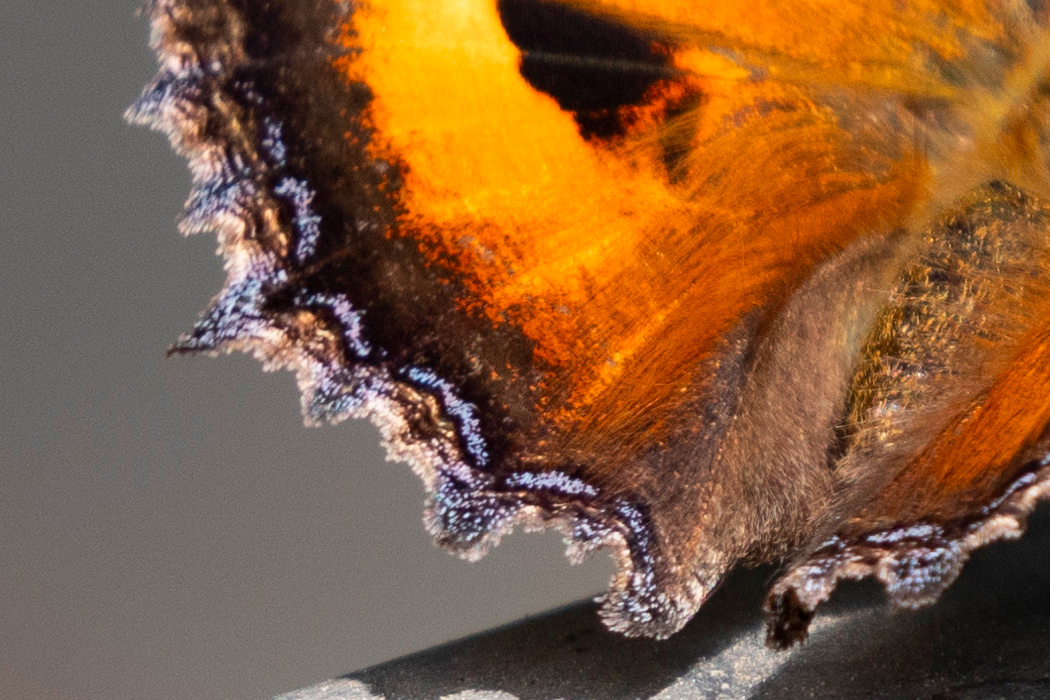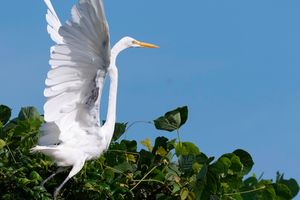
---
dark color reminiscent of the crimson cords of weapons
| Scientific name | Nymphalis xanthomelas |
| English name | --- |
| Japanese name | 緋縅蝶 |
| Classification | Insecta |
| Classification details | Lepidoptera Nymphalidae |
| Full length | 32-42mm. |
| Distribution | All over Japan |
Characteristics
A beautiful nymphal butterfly with a bright brown color, black spots, and shiny white (blue) edges. 'Hiodoshi' comes from 'scarlet silk', a weapon of the Sengoku period. The underside of the wings has a bark-like color and is quite plain. They fly fast, and the best chances to observe them are when they are sucking tree sap or resting on the ground.
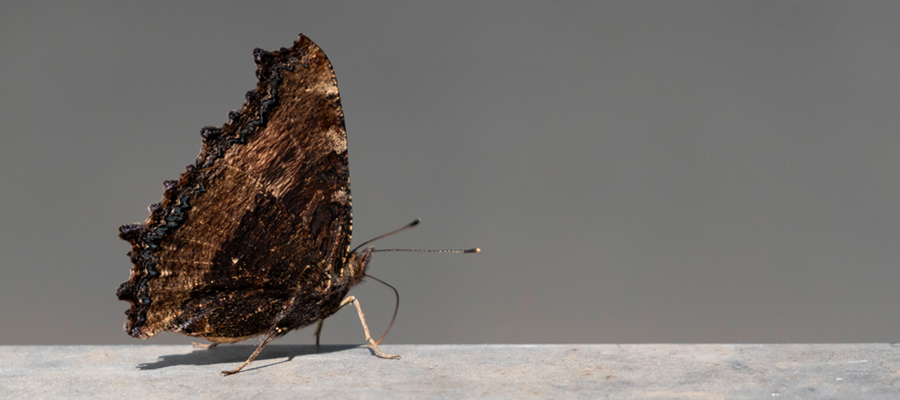
Ecology
Widely inhabits forests and parks from lowlands to mountains. Seen from March to November. Individuals in early spring are individuals that overwintered from the previous year, and individuals that emerged in summer can be seen in autumn. Larvae mainly feed on hackberry. Therefore, if there is a place where hackberry is found, it can be found in parks in urban areas. Adults prefer tree sap and animal droppings and avoid nectar of flowers.
Habitat
Found in a park in Hachioji city. It was an impressive individual with a bright brown that looked like red. The black band on the rim was dotted with shiny pale speckles that were beautiful. When the wings were closed, it looked rather plain, and resembled the surface of a tree, as if the bark had peeled off and started walking. After resting for a while on the railing in the park, it flew away.
Pictures
Introducing a picture of ---.
